
Great Music Teaching
Carnegie HallThere are countless ways to teach music, but what makes a music teacher “great”? Through a series of enlightening conversations with extraordinary educators, this six-part series offers invaluable answers and insights. Learn about the unique approaches and personal histories of masterful music teachers, discover what drives them to teach, and be inspired by stories of their life-changing successes.
All episodes will be available in fall 2023.
There are countless ways to teach music, but what makes a music teacher “great”? Through a series of enlightening conversations with extraordinary educators, this six-part series offers invaluable answers and insights. Learn about the unique approaches and personal histories of masterful music teachers, discover what drives them to teach, and be inspired by stories of their life-changing successes.
All episodes will be available in fall 2023.
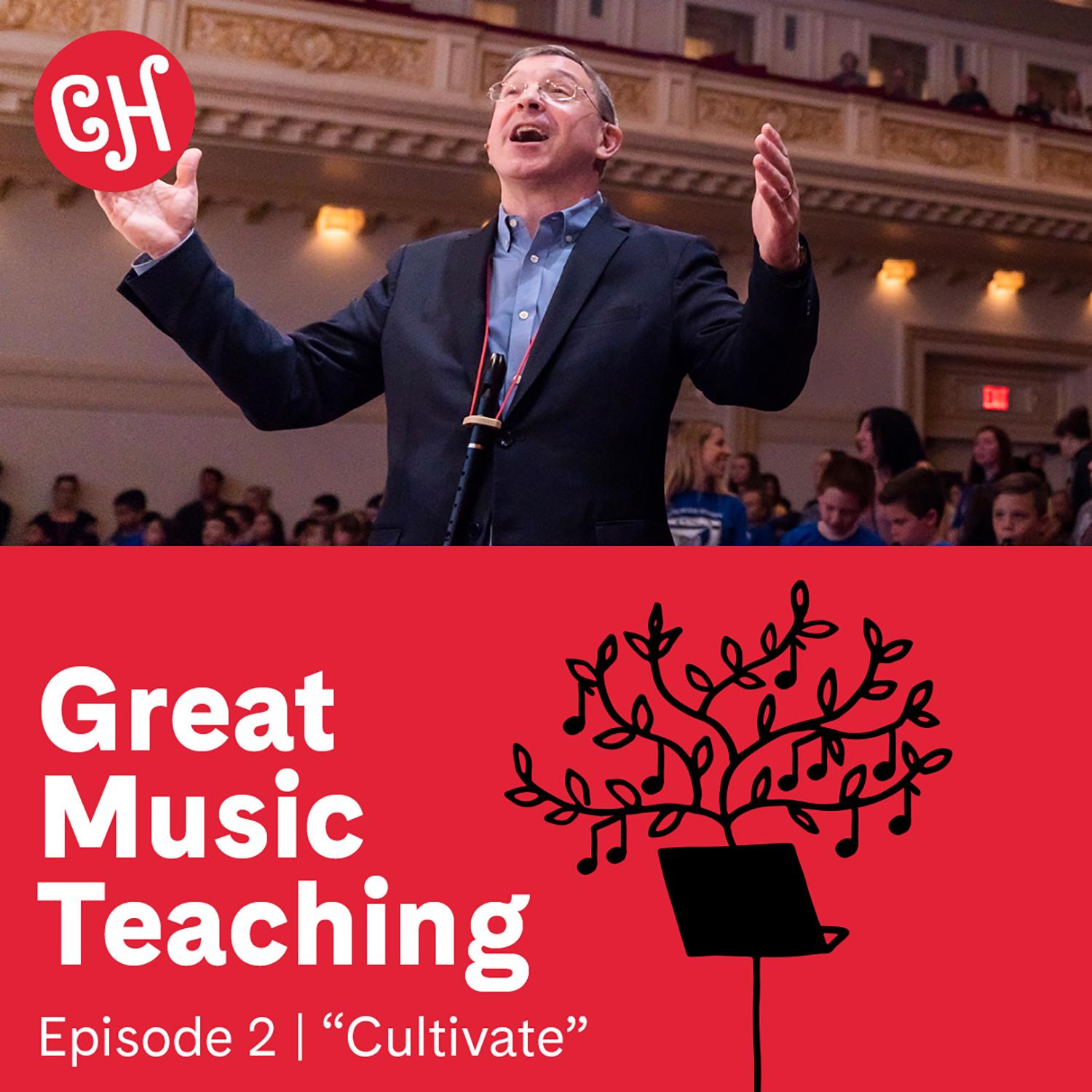
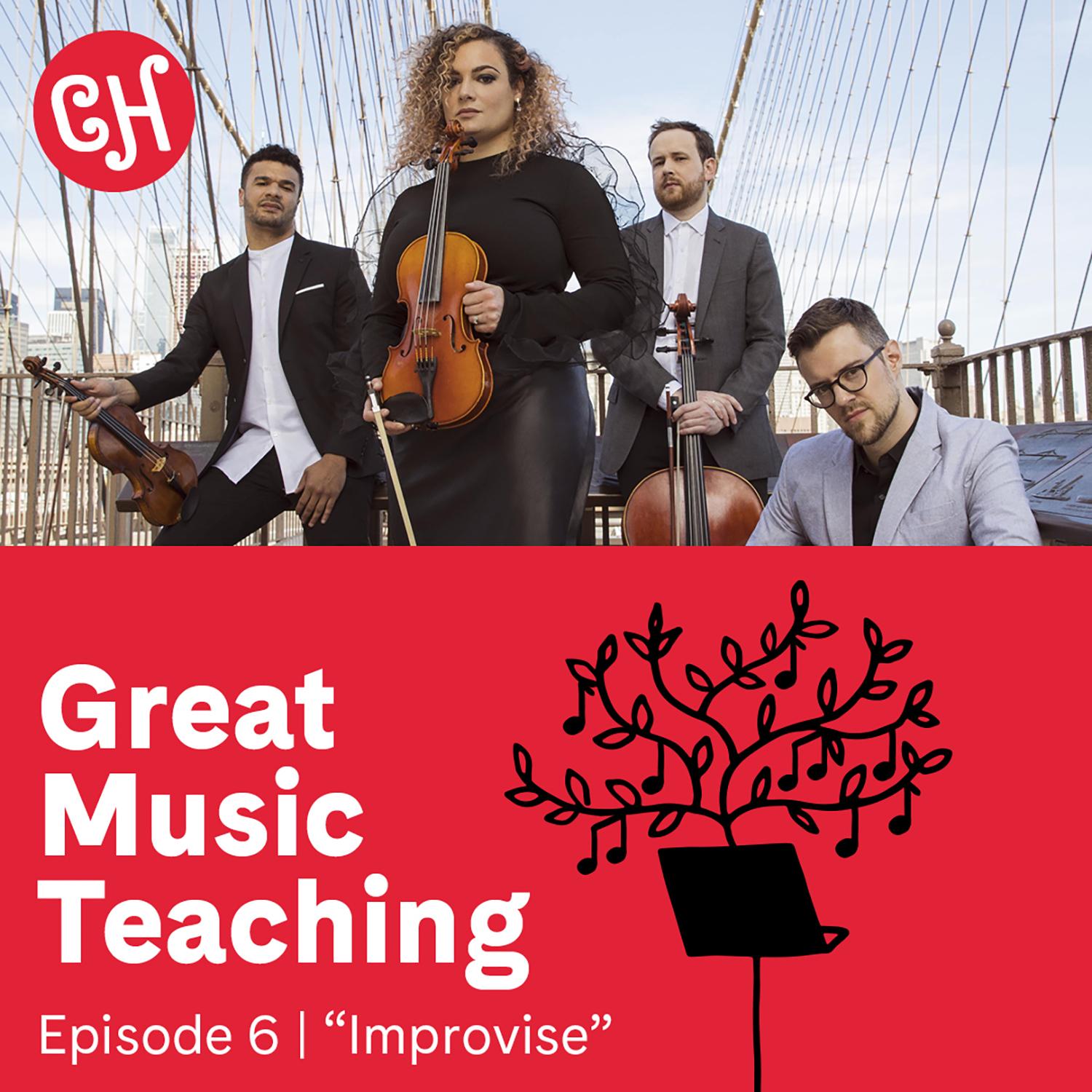
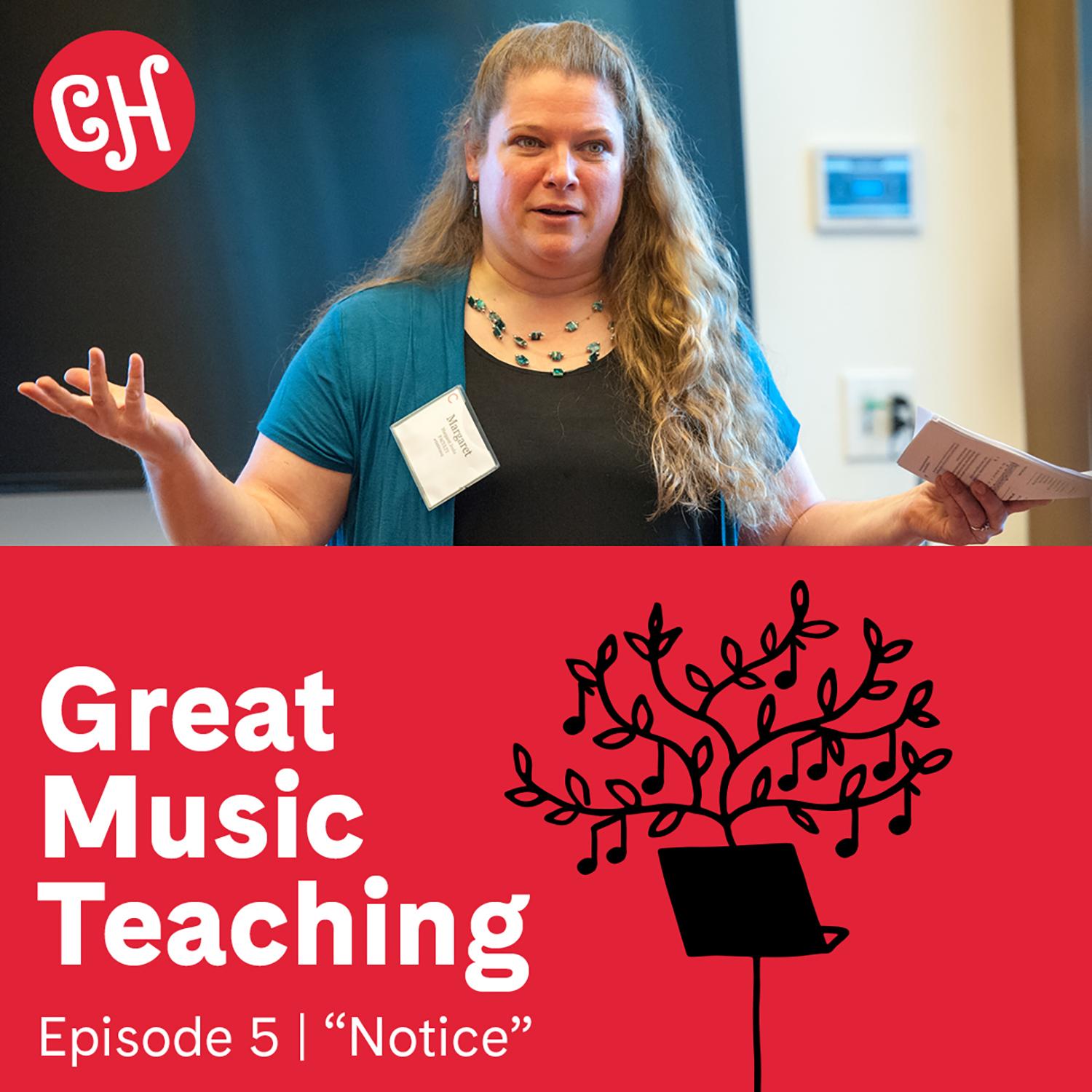
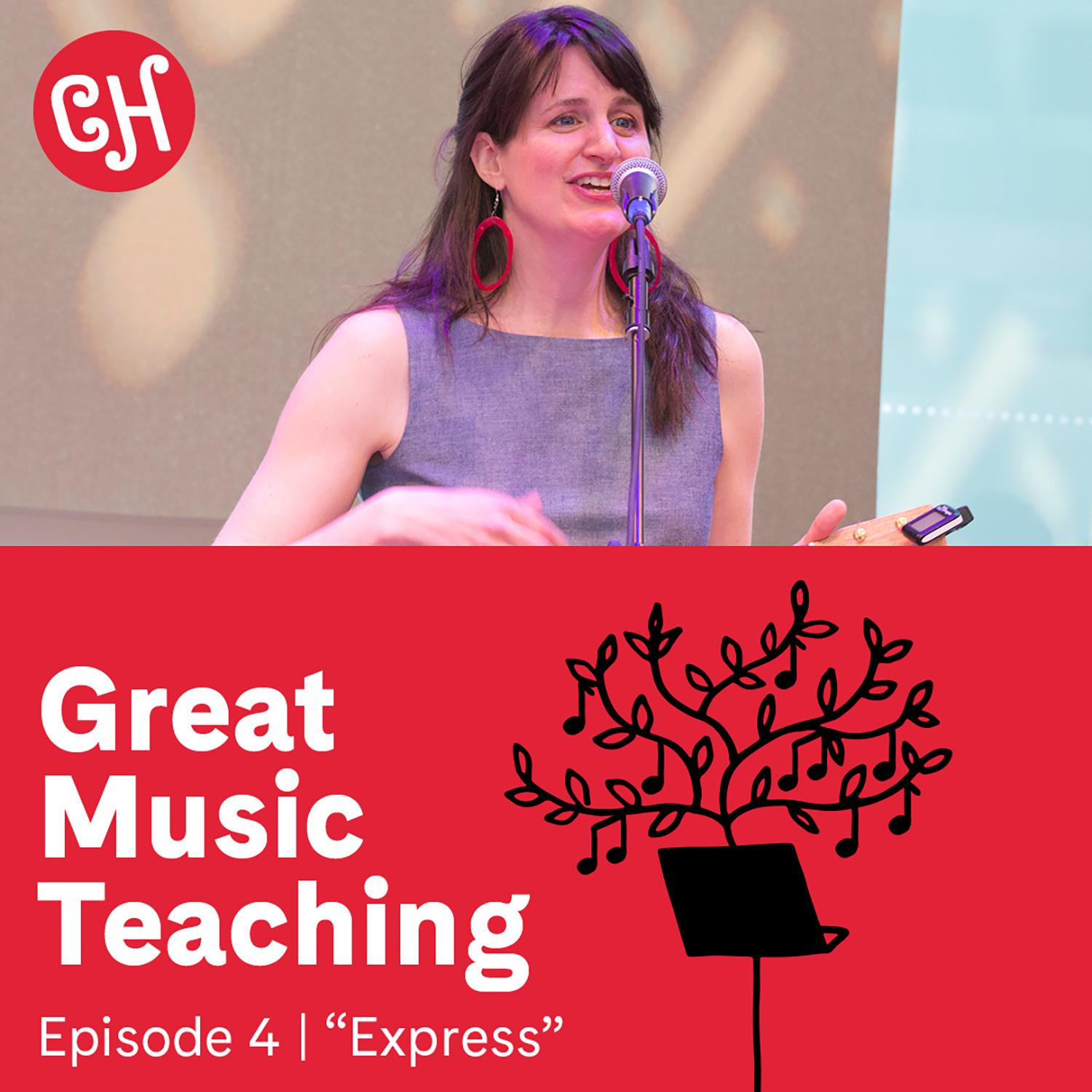
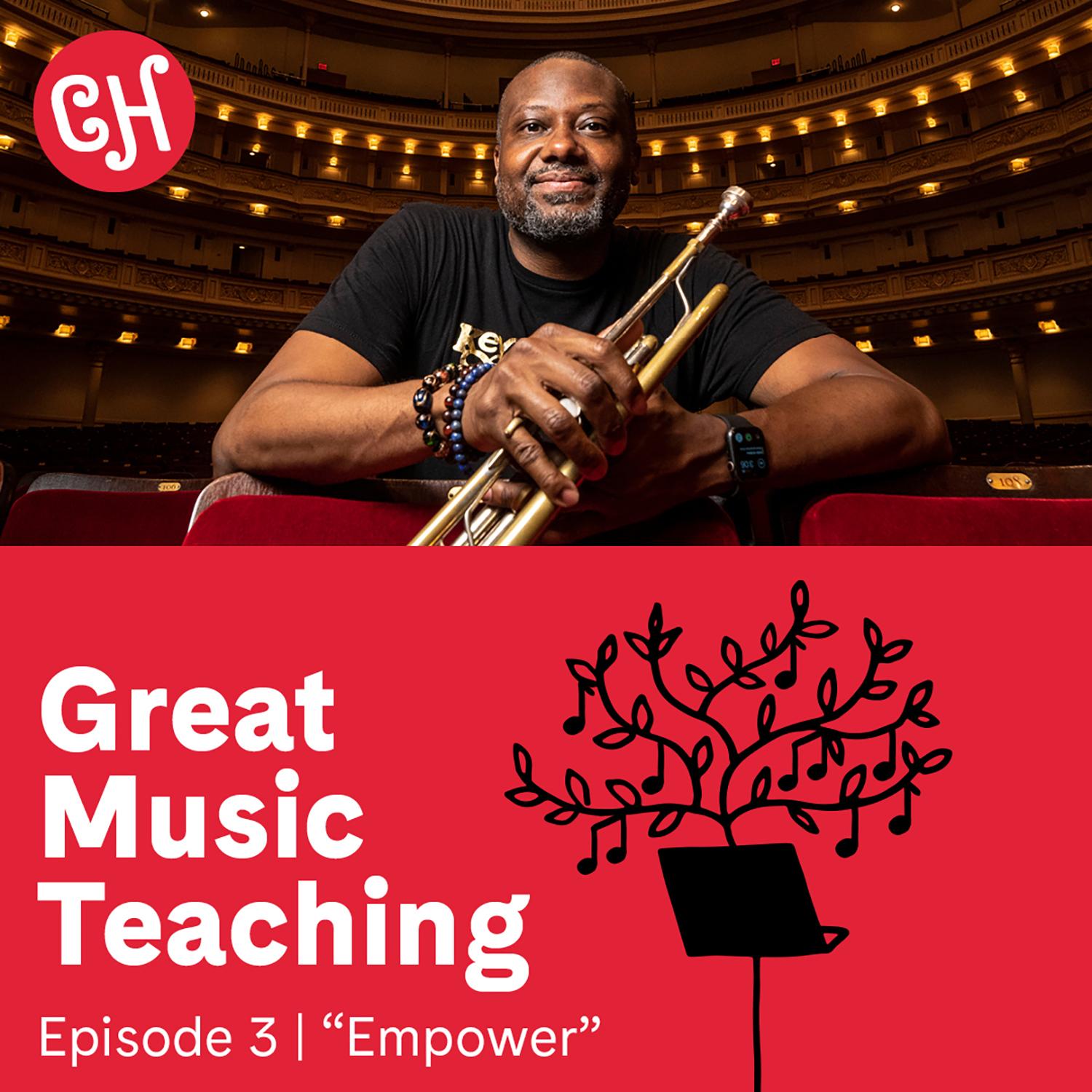
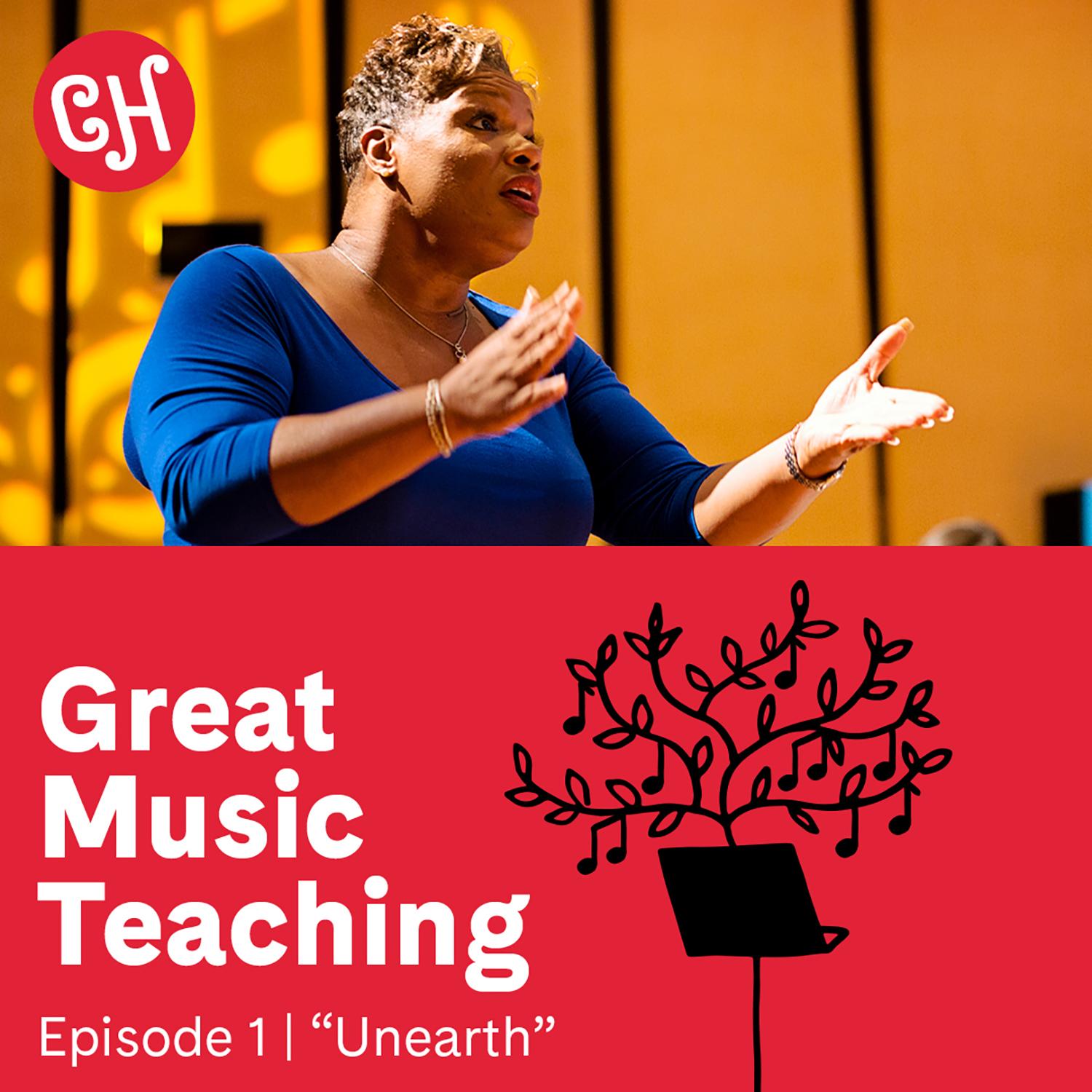
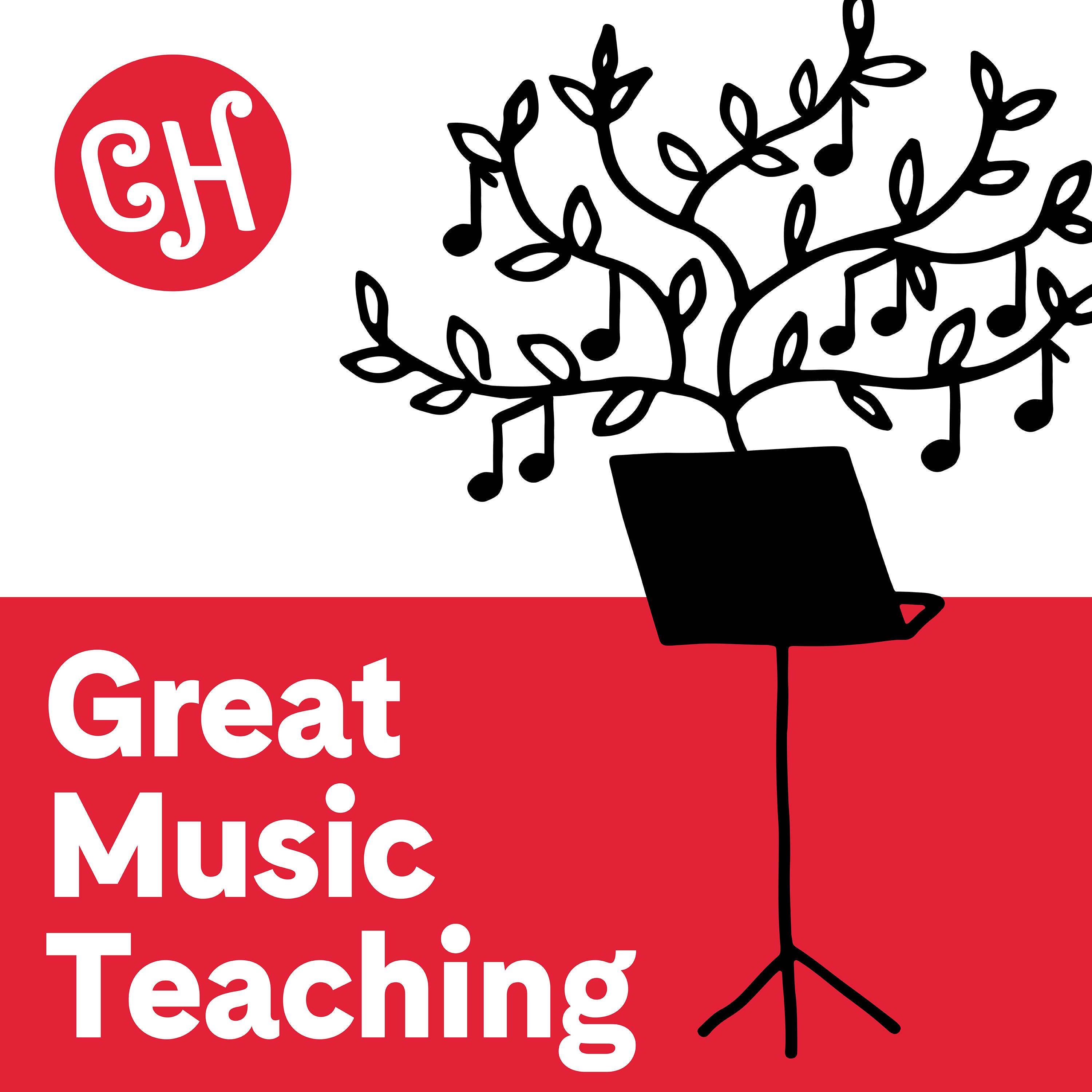

Cultivate

Does focusing on students imply a sacrifice of your own creative expression? Not to Thomas Cabaniss. Practicing as a teaching artist, Cabaniss centers his own artistic experience. His passion for creation inspires engagement and sheds inhibition in the classroom. We are left with the opposite conviction: Creativity is contagious—cultivating it in oneself cultivates it in others.
Theme Music
“Mr. Gentle and Mr. Cool” written by Duke Ellington and Laura Rembert
Sony/ATV Harmony (ASCAP) / Music Sales Corporation (ASCAP) o/b/o itself and Tempo Music
Performed by Sean Jones and NYO Jazz
Thomas Cabaniss Episode
“Sketches of Venasque” written by Thomas Cabaniss
Performed by Michael Shinn and Jessica Chow Shinn
“Double Rainbow” written by Thomas Cabaniss
Performed by Michael Shinn and Jessica Chow Shinn
“The March of The Siamese Children” from The King and I written by Richard Rodgers and Oscar Hammerstein II
Williamson Music Company
By arrangement with Concord (ASCAP)
Performed by the Original Broadway Cast
Courtesy of Verve Records under license from Universal Music Enterprises
“I Whistle A Happy Tune” from The King and I written by Richard Rodgers and Oscar Hammerstein II
Williamson Music Company
By arrangement with Concord (ASCAP)
Performed by Gertrude Lawrence & the Original Broadway Cast
Courtesy of Verve Records under license from Universal Music Enterprises
“One and One” written by Thomas Cabaniss
Performed by Michael Shinn and Jessica Chow Shinn
“The Third Eye” written and performed by Max Roach
Milma Publishing Company (BMI)
Administered by Songs of Kobalt Music Publishing
Recording courtesy of Kepach Music S.r.l.
“Lovesong” written by Thomas Cabaniss
Performed by Michael Shinn and Jessica Chow Shinn
“Two” written by Thomas Cabaniss
Performed by Michael Shinn and Jessica Chow Shinn
“Flutter Flutter” written by Thomas Cabaniss
Performed by Michael Shinn and Jessica Chow Shinn